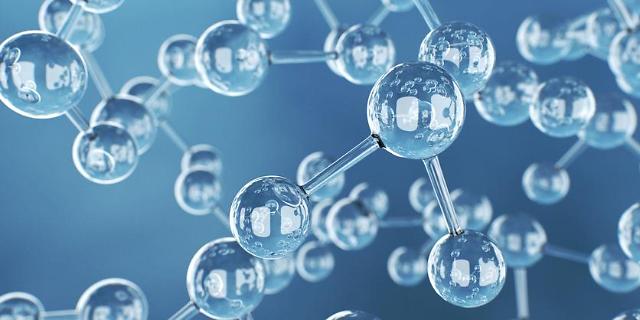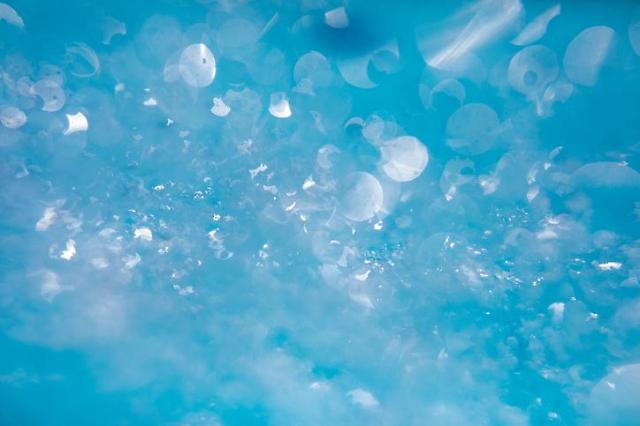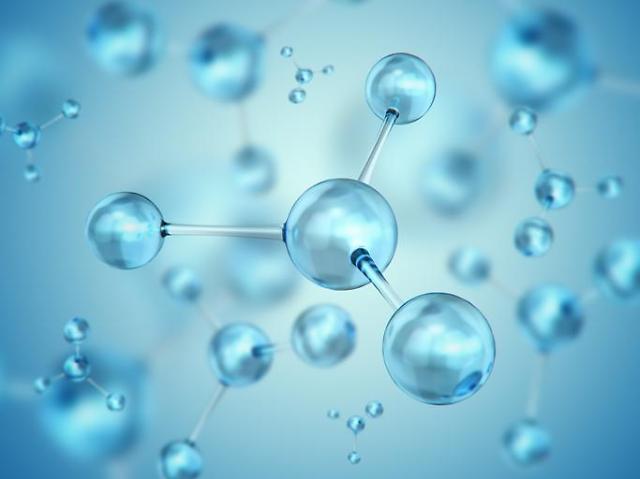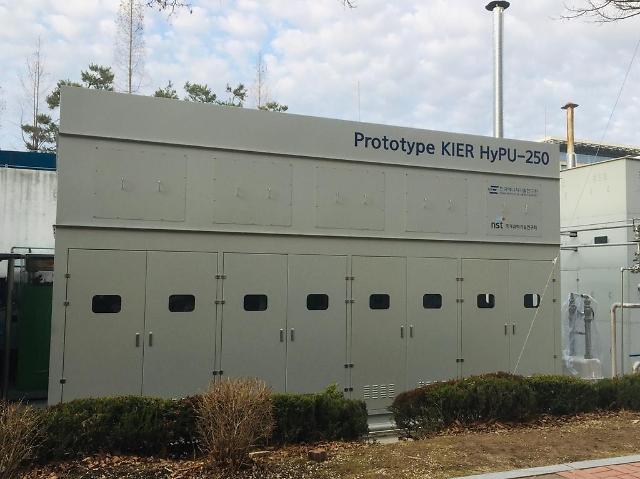
[ Gettyimages Bank]
H3-KOREA partnered with Nexon Star, a domestic trading company, to supply small green hydrogen generators to Malaysia's island dwellers who have used electricity by turning their own generators with fossil fuels due to a lack of power transmission infrastructure. Starting with one generator with a capacity of five kilowatts per hour (kWh) in December, the two companies would ship a total of 800 units worth 200 billion won ($170 million) by 2023.
Nexon Star would link renewable energy, green hydrogen generators and energy storage systems on more than 30 islands through a Malaysian partner. "If the project is successful, we will expand it to neighboring countries," Nexon Star CEO Lee Doek-won said in a statement on August 18.
Based on innovative technologies developed by Korea University's research team, H3-KOREA has developed a system that produces green hydrogen without catalysts and separators. If filters are changed periodically, the company said its generators can be used for more than 10 years. "We will create an opportunity for South Korea to become an eco-friendly energy exporter," said H3-KOREA CEO Kim Jin-kwan.
H3-KOREA's generator consumers six kilowatts of electricity per hour to produce one kilogram of hydrogen. Kim plans to produce 87.6 tons of hydrogen annually with one generator worth one-billion won. The next goal is to develop air motor technology that generates electricity by turning turbines under pressure generated during the water electrolysis process.
Water electrolysis, known as water splitting, uses electricity to decompose water into oxygen and hydrogen gas. Green hydrogen is produced from water using renewable energy sources such as wind and sunlight while blue hydrogen is derived from natural gas with carbon capture technology.
A common water electrolysis technique involves putting electrolytic water into a stack composed of catalytic cells and extracting hydrogen through a chemical reaction with electricity. Catalysts are connected to a power source to decompose water into oxygen and hydrogen gas and are normally made from expensive metals such as platinum or iridium.
H3-KOREA's generator stack has 36 cells made of new materials attached at regular intervals to replace catalysts and separators between cells. Kim thinks H3-KOREA's technology can be applied to various fields such as fuel cell power plants, ships, railways, and drones.
South Korea's Hyundai auto group has stepped up efforts to develop a next-generation hydrogen fuel cell system that can be applied to various forms of mobility such as urban air mobility, automobiles, vessels and trains. In July, Hyundai tied up with Next Hydrogen, a Canadian company specializing in water electrolysis technology, to develop an alkaline water electrolysis system that can use relatively inexpensive catalysts.




